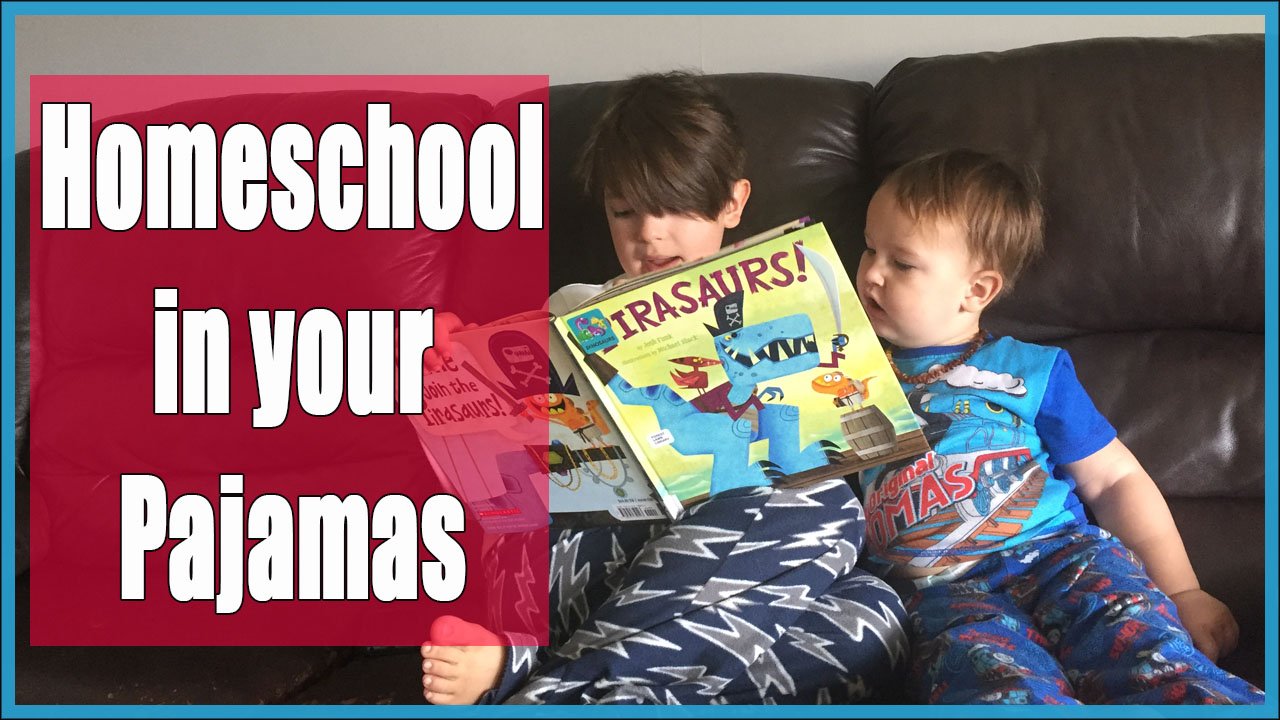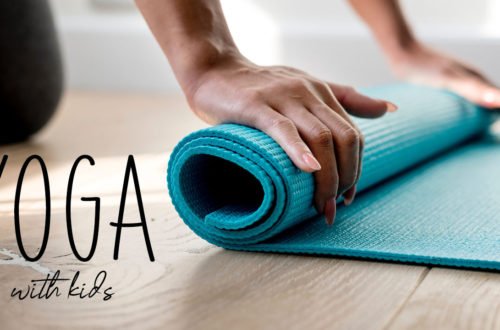
Unexpected Educational Opportunities: Stealth Learning
We are a participant in the Amazon Services LLC Associates Program and other affiliate programs. An affiliate advertising is designed to provide a means for us to earn fees by linking to Amazon.com and affiliated sites. This post may contain affiliate links.
Do you have children that do not want to participate in formal, curriculum-based learning? Stealth learning through unexpected educational opportunities may provide an opportunity for learning without the stress of forcing a child to do something they do not want to do.
What is stealth learning?
That is what we are here to discuss.
TLDR: Stealth learning, or unexpected educational opportunities, is seeing the educational value in activities that your child already enjoys doing.
The Struggle Is Real
It is not uncommon for children to put up resistance when it comes to sit-down learning, especially when they are transitioning from the public school model into homeschooling. There are other things they want to be doing at that moment. Sitting down doing a repetitive workbook that does not captivate them is not a high priority.
Is it worth the fight?
The pressure for parents and caregivers to be teachers can also be very overwhelming to new and experienced homeschooling families. The number of roles we take on is amazing.
The fact is, many of us are not teachers. We are not educational assistants, tutors or professors. Nor do we possess any specialized post-secondary education which corresponds to teaching.
This is ok.
Some of us might actually be highly skilled educators with numerous degrees… but standard teaching methods are still not something we desire in our homeschooling environment.
We are homeschooling parents and caregivers doing what we believe is best for the children in our lives.
You are doing the best you can with the information and tools available to you at this point in time. Don’t be too hard on yourself. I believe in you.
A Mindset Shift
There came a point on my parenting and homeschooling path, where I came to a crossroads. I realized that I was struggling. What I doing was not the problem. How my children were responding to what I was doing was not the problem…
The problem was my perspective on the situation.
I was parenting and teaching my children in a way that I felt would benefit both of us – unschooling. But many people had varying opinions on the methods and approaches I was using. I was beginning to trust other people instead of trusting myself.
The problem was I couldn’t see the value in the situation.
I didn’t trust myself to be able to communicate that value to those naysayers who were questioning what I was doing. Instead of holding my head up high and standing up for myself, I was caving to the societal pressure.
But then I had a mindset shift. There were two paths in front of me and I have to choose which one to go down.
Honestly, it came as a big desire to give a big middle finger to all of those who criticized my methods. When someone takes a stab at something you are doing, it can be very hard not to take it personally – especially when it is your first time doing something. Add in hormones from being pregnant, breastfeeding a toddler, and just overall exhaustion from being a stay at home parent… Need I say more?
I have 4 children. While I am still new at so many parenting things and experiences, I no longer feel as vulnerable as I did when I first told people I was homeschooling my first child over a decade ago.
Now, my eldest is starting high school level learning experiences. Let me tell you a secret – I haven’t messed him up. In fact, he is thriving and above grade level for many subjects – especially those where he has a self-fueled passion.
I give myself credit for trusting my gut instinct, for trusting my children to learn. I give the human species credit for being inquisitive, smart, adaptable, and wonderful creatures who have this built-in desire to be the best they can be.
This mindset shift, of trusting the process, was huge.

Unexpected Learning Opportunities
There are so many opportunities in this life for learning.
At some point in time, relatively recently in terms of human evolution, we moved the ability to learn to a box.
Why do we have such a rigid expectation of where, when, and how learning can take place? The main expectation of learning needing to be in a classroom, sitting at a desk, for hours on end. Or even that homeschoolers need to replicate the curriculum and topics used in classrooms but in a home environment. Parents and caregivers spend a lot of money each year on workbooks and curriculum to mimic a public school environment.
There is nothing wrong with workbooks, public school, or other intensive teaching methods. They are just not the ONLY way. They are simply a way to do something.
Stealth learning is about embracing unexpected learning opportunities that take place outside of that box.
It is about seeing the value in Minecraft or Roblox. It is about embracing the kitchen and getting messy as a perfectly valid way to learn something valuable. Boardgames, colouring, tv time and mud puddles can be viewed as educational experiences if you are willing to see what exists below the surface.
Sign Up To Learn More About Stealth Learning and Unschooling
This post is only the beginning of my stealth learning series. I plan on doing a deep dive into many topics – from cooking to Minecraft (the examples below just graze the surface). If you want to know when I add more posts to this series, sign up for our newsletter to join our digital family and get notified of new posts.
Don’t worry, you will not be spammed with emails – I dislike receiving daily email notifications so I don’t send them. A monthly newsletter is a frequent as they get unless I have some really big news!

Examples Of Stealth Learning
There are so many ways to incorporate learning into your everyday life. Most of the time, this won’t even mean adding things to your routine. Instead, it is about seeing the value in what you are already doing.
Do your kids like helping in the kitchen?
Baking and cooking are amazing ways to get your children thinking in new ways and testing new concepts. Learning to feed yourself is an important skill but it is so much more than that.
Recipes are a wonderful way for children to learn to read or find confidence in their skills as a reader. Whether they are able to read the ingredients or just match the letters in the words to the letters on the package, it is a great way to build confidence for young readers. As children get older, using the internet or sites like Pinterest to find recipes they would like to try is a great way to get them to read new formats of information (recipes). Don’t underestimate the value of the steps of a recipe to demonstrate reading comprehension and understanding. The order of those steps is quite often important and missing one can show the value of reading something with intention and care.
Cooking and baking is also a way to learn math. Fractions can be confusing when you just see them written down, but half of a cup of butter is a wonderful visual representation of those numbers. Take it a step further and compare how accurate volumetric measurements like cups and teaspoons are to weight measurements like grams. You don’t need to turn this into a formal lesson. Try giving your child a 1/4 cup measurement – because the others are dirty from all the baking you have been doing! Suddenly it isn’t as easy to get 1 1/2 cups of flour. Watch as their brains process and figure out how many scoops they need to make the cookies.
Perhaps an obvious subject associated with baking, science is so important in the kitchen. Cooking and baking is just a science experiment with edible ingredients! Changing the state of ingredients and creating chemical reactions is key for a lot of kitchen science. As your children get older and more confident in their skills, let them experiment more. What happens when you replace granulated sugar with brown sugar? Why does this recipe call for baking soda instead of baking powder? What about changing the temperature from 400 to 350? Sure, you may end up with some less than appetizing food creations, but the knowledge they are learning is amazing.
You can even dive into the world of social studies, geography, and history through baking and cooking. Where in the world does their favourite food originate? How is the original dish different from the version you make? Could you recreate how their ancestors would have made a certain meal over an open fire?
Minecraft Homeschool
Minecraft has been an interest for all of my children at different phases of their lives and has been a key part of their learning journey.
In creative mode, hoving over the item in the inventory selection panel will show a label with what that item is. An image and word together is an amazing tool for those learning to read and here it is, a non-obvious flashcard, hidden within a video game.
What if your child is going mining for cobblestone – they want to build a house that is 5 blocks wide by 10 blocks long. Suddenly, they are doing the math to find the area of the floor to know how many blocks they need to mine to fill in that floor space.
They are also learning about the natural world – there are so many resources in Minecraft that exist in our world as well. We may not have netherrack on earth, however, there are many that are! Obsidian, lapis lazuli, cobblestone, andesite, quartz, and many more are actual rocks and minerals that you can find on earth. There are also the different animals, ecosystems, and types of trees that they can interact with and learn about. They can also question when Minecraft got it wrong – my kids still point out an apple falls from an oak tree in the game.
Trust me, your child will be able to identify different biomes and what resources can be found where quite quickly once they start exploring the digital world of Minecraft. They will be little geologists. Soon, they may even point out those similarities while you are out on a road trip and you won’t even know where they learned about it!

The Opportunities Are Endless For Stealth Learning
Unexpected learning opportunities are everywhere, as long as you are willing to see them.
Learning takes place within topics and interests that your children are naturally drawn to, even without a lesson associated with them.
Trust your children to be able to absorb that knowledge and be willing to answer questions they may have. Don’t feel bad if you do not know the answers – just don’t be afraid to explore their passion with them and research it!
Stealth learning is not about teaching. It is about seeing the value in the everyday, mundane adventures of life.




